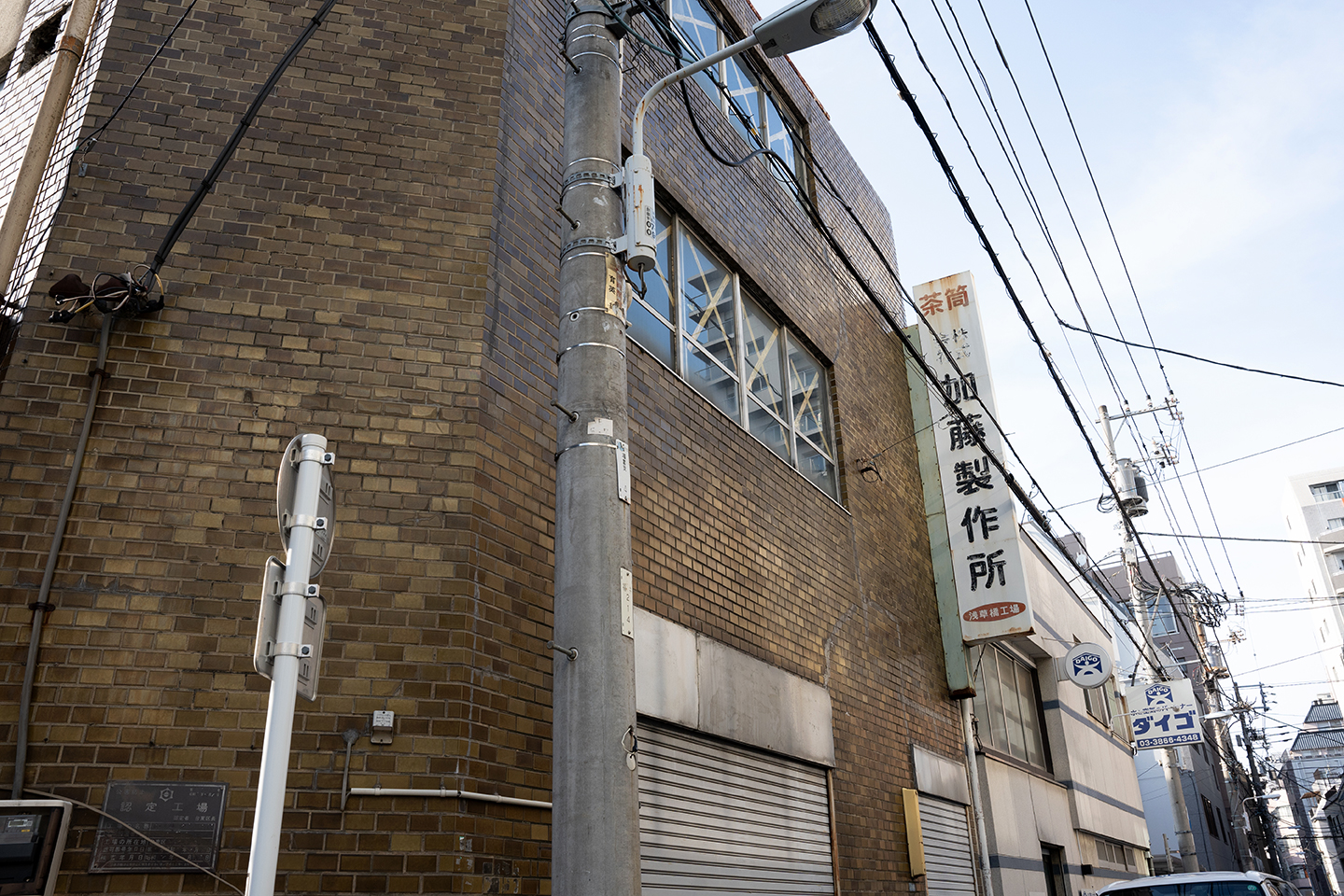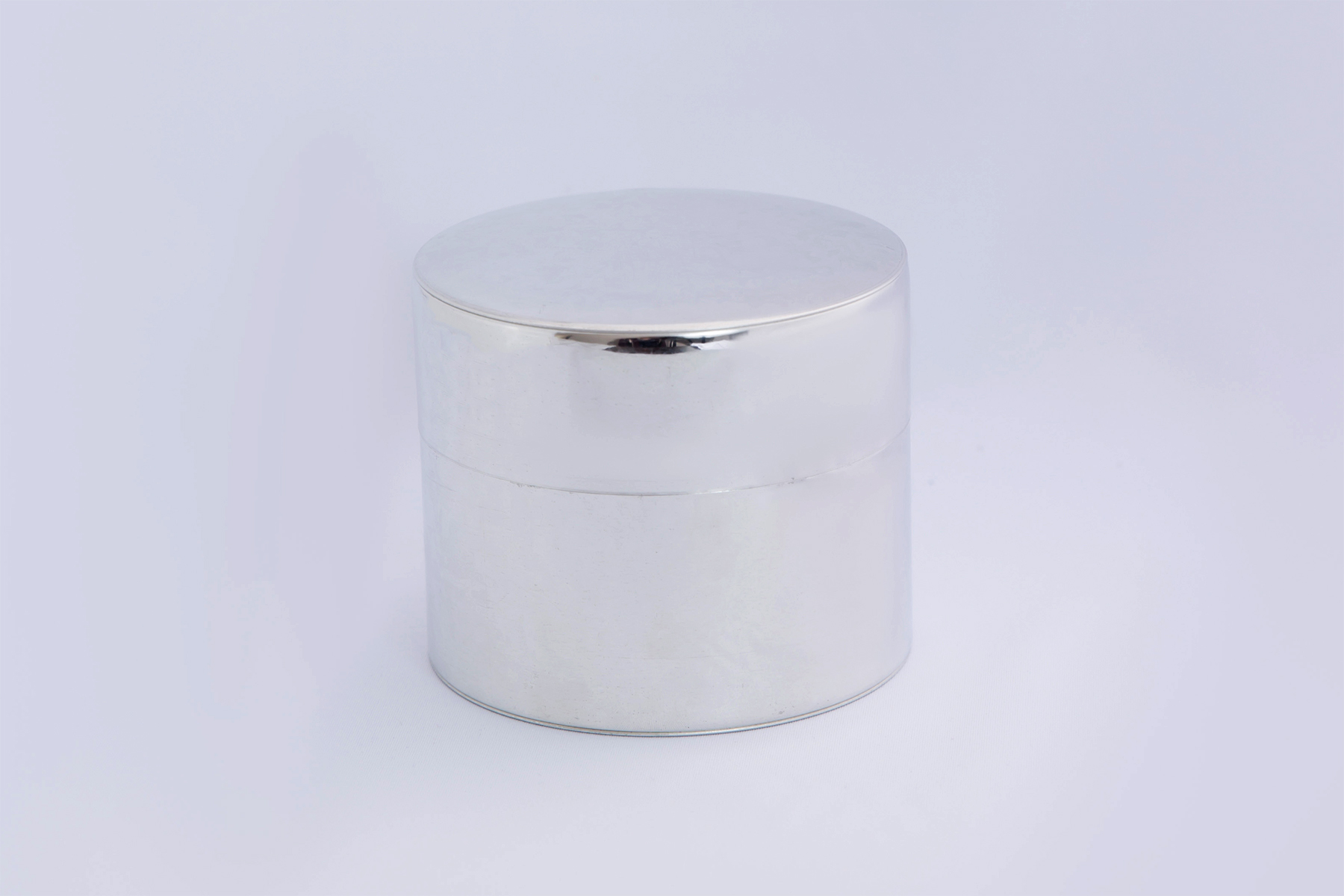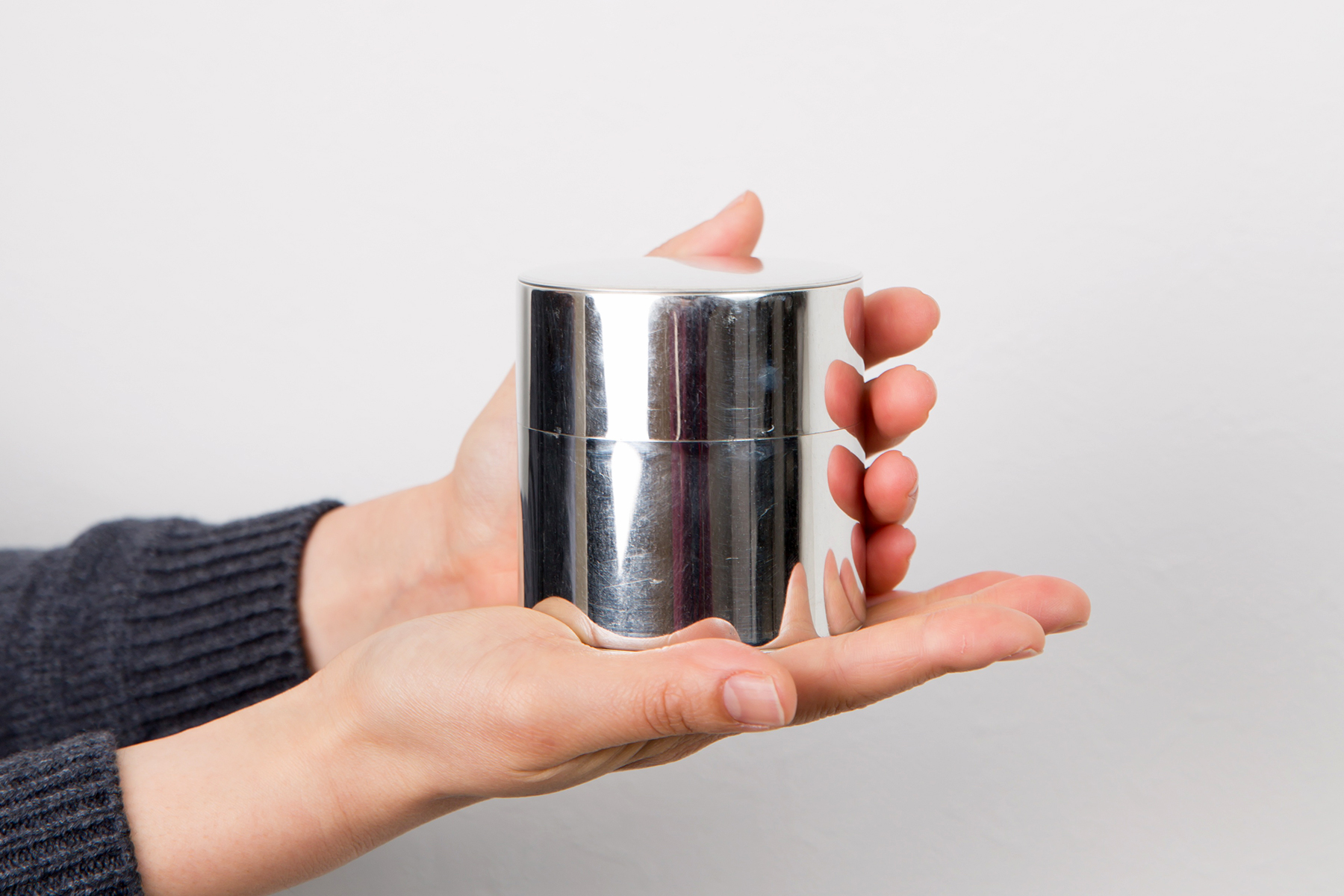About
[POLIFE] cans are products that pursue the functionality of traditional Japanese handmade cans to the utmost. Not only are they airtight to keep out moisture, but they also offer products that are positioned as the finest tea utensils, with a beautiful form with no protrusions between the lid and the body, and a glossy coating that resembles lacquer.
The task of transferring food such as tea leaves and coffee beans from the tea canister to the utensils allows for a polite life in the midst of a busy life.
The task of transferring food such as tea leaves and coffee beans from the tea canister to the utensils allows for a polite life in the midst of a busy life.
History
-

-
Kato Seisakusho was founded in 1895. At the beginning, they made and sold lunch boxes made of anodized aluminum, not tea canisters.
However, sales were not very good, so the second generation successor started making and selling tea canisters, which became popular due to their good performance and sold like hotcakes.
At that time, it was common to drink Japanese tea from tea leaves, and many Japanese people were interested in how to keep tea leaves fresh and long-lasting in Japan's humid climate. For that reason, tea canisters, which have a double structure of an inner lid and an outer lid to keep out moisture and are made of tinplate to keep out ultraviolet rays and keep the inside temperature cool, were highly valued.
-
From the beginning of the Heisei era, people began drinking ready-made tea in plastic bottles, and the culture of drinking tea in a teapot with tea leaves gradually disappeared.
As a result, tea canisters also disappeared from Japanese kitchens, and Kato Seisakusho was on the verge of bankruptcy. The company's employees, which had been about 50 at the time, were reduced to about 10 family members.
A while later, the owner of a coffee shop suddenly visited Kato Seisakusho.
He said, "I think the structure of the tea canister is ideal for storing coffee beans. But it won't sell if we just stick washi paper on it, so can't we make it more stylish? Maybe print a logo on it?"
-

-

-
At the time, tea leaves were sometimes put directly into the teapot, so the narrow and long tea canisters were modified to make it easier to put coffee beans and other ingredients in.
The opening was widened to make it easier to insert a measuring spoon, and the length was cut and shortened to make it more stable.
Word of mouth spread about the reputation of the high-quality cans, and they began to be used for a variety of purposes.
Even now in their fourth generation successor, they still follow the traditional manufacturing methods and carefully make each can.
Tea canisters, filled with the wisdom of their predecessors, have been given a modern makeover and are being used in new fields.
![[POLIFE]](https://polife.kato-seisakusho.net/wp-content/themes/WebWorks_v21/images/logo.svg)


